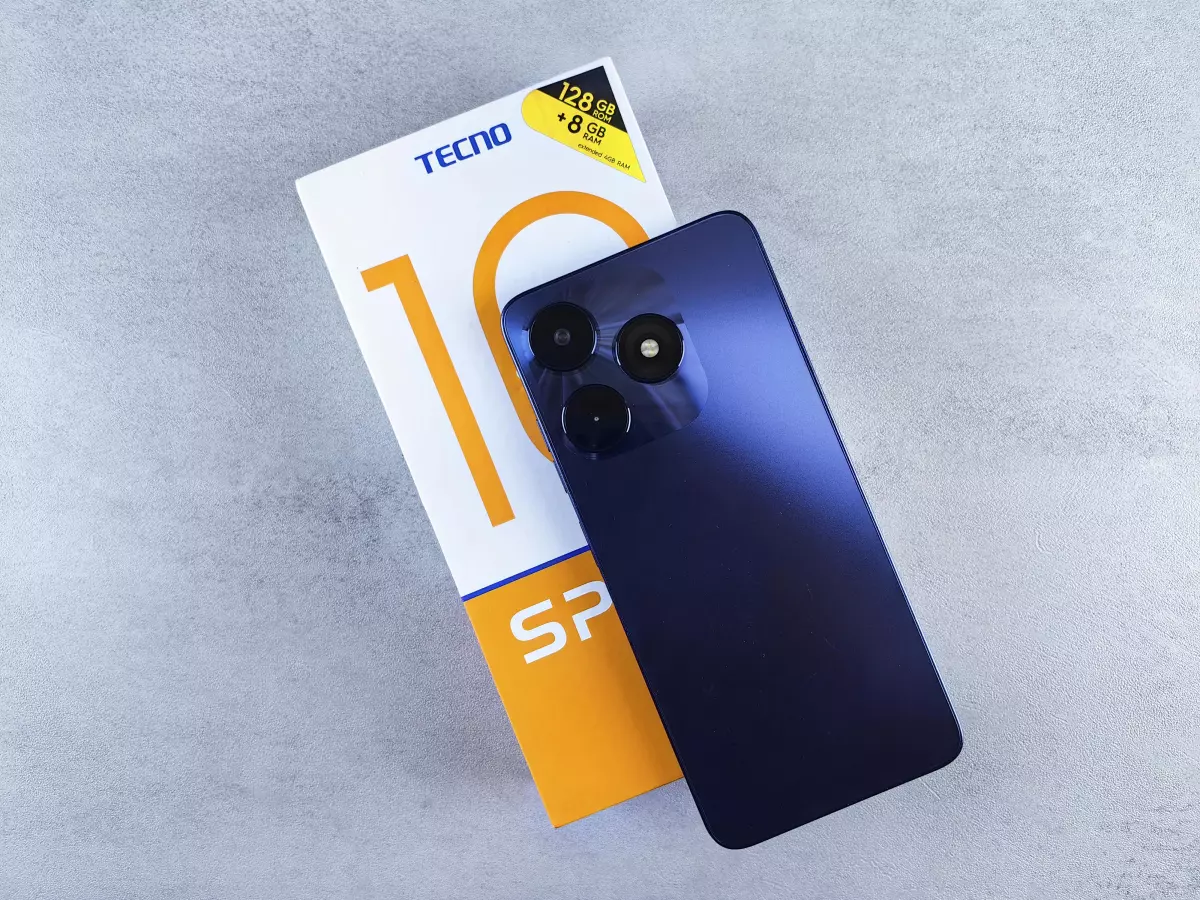Feel the Future
Imagine your smartphone as a symphony, and haptics as the conductor, orchestrating every vibration to create a masterpiece of touch.

By Alex Rivera
Back in the early days of mobile phones, vibrations were a simple buzz—a utilitarian nudge to alert you of a call or message. It was basic, functional, and, let’s be honest, a little boring. Fast forward to the smartphone revolution, and vibrations evolved into something far more nuanced. Enter haptics, the unsung hero of modern smartphones. Haptics transformed vibrations from a mere notification tool into a sophisticated language of touch, capable of conveying emotion, urgency, and even texture. But how did we get here?
The journey began with the rise of capacitive touchscreens. As physical buttons disappeared, manufacturers needed a way to simulate the tactile feedback users were accustomed to. Early haptic systems were rudimentary, relying on simple vibration motors. But as smartphones became more advanced, so did the demand for more precise and varied feedback. This led to the development of linear resonant actuators (LRAs) and, later, the more powerful and versatile voice coil motors (VCMs). These innovations laid the groundwork for the haptic experiences we now take for granted.
The Science of Touch
At its core, haptics is about creating a sensory illusion. When you tap a virtual keyboard or swipe through a photo gallery, the haptic system tricks your brain into feeling a physical response. This is achieved through a combination of hardware and software. The hardware—usually an LRA or VCM—generates vibrations, while the software fine-tunes the intensity, duration, and pattern of these vibrations to match the user’s actions.
But haptics isn’t just about making virtual buttons feel real. It’s also about enhancing the overall user experience. For instance, subtle haptic feedback can make gaming more immersive by simulating the recoil of a gun or the rumble of a car engine. In navigation apps, haptics can provide turn-by-turn feedback without requiring you to look at the screen. Even something as simple as unlocking your phone with a fingerprint scanner feels more satisfying thanks to haptic feedback.
Haptics in the Real World
Let’s talk about some real-world applications. Apple’s Taptic Engine is often cited as the gold standard in haptics. It’s known for its precision and responsiveness, delivering feedback that feels almost lifelike. Android devices, too, have stepped up their game, with brands like Google and Samsung incorporating advanced haptic systems into their flagship models. These systems are not just about making the device feel premium; they’re about creating a deeper connection between the user and the device.
Take gaming, for example. Mobile games are increasingly leveraging haptics to create more immersive experiences. Imagine feeling the tension of a bowstring as you pull it back or the subtle vibrations of footsteps approaching from behind. These tactile cues add a layer of realism that enhances gameplay and keeps players engaged.
Then there’s accessibility. For users with visual or hearing impairments, haptics can serve as a vital communication tool. Vibrations can convey information that might otherwise be missed, such as alerts or navigation cues. This makes smartphones more inclusive and user-friendly for everyone.
The Challenges of Haptics
Of course, haptics isn’t without its challenges. One major hurdle is power consumption. Generating precise vibrations requires energy, which can drain your battery faster. Manufacturers are constantly working to optimize haptic systems to balance performance and efficiency.
Another challenge is consistency. Different apps and operating systems often implement haptics in varying ways, leading to an inconsistent user experience. Standardizing haptic feedback across devices and platforms remains a work in progress.
The Future of Haptics
So, what’s next for haptics? One exciting development is the integration of haptics with artificial intelligence. AI could enable haptic systems to adapt to individual users, providing personalized feedback based on their preferences and habits. For example, your phone could learn that you prefer stronger vibrations for gaming but subtler feedback for typing.
Another area of innovation is multi-dimensional haptics. Current systems primarily operate in one dimension, generating vibrations along a single axis. Future systems could create more complex sensations, such as the feeling of texture or temperature. Imagine swiping through a photo album and feeling the roughness of a sandy beach or the coolness of a mountain stream.
Haptics could also play a role in virtual and augmented reality. As these technologies become more mainstream, the demand for realistic touch feedback will only grow. Haptic gloves and suits are already in development, promising to bring a new level of immersion to VR and AR experiences.
In conclusion, haptics may not be the flashiest feature of your smartphone, but it’s one of the most impactful. It bridges the gap between the digital and physical worlds, making our interactions with technology feel more natural and intuitive. As haptic technology continues to evolve, it’s poised to redefine the way we experience touch in the digital age. So the next time your phone vibrates, take a moment to appreciate the intricate dance of science and engineering that makes it possible. Who knew a little buzz could be so powerful?





